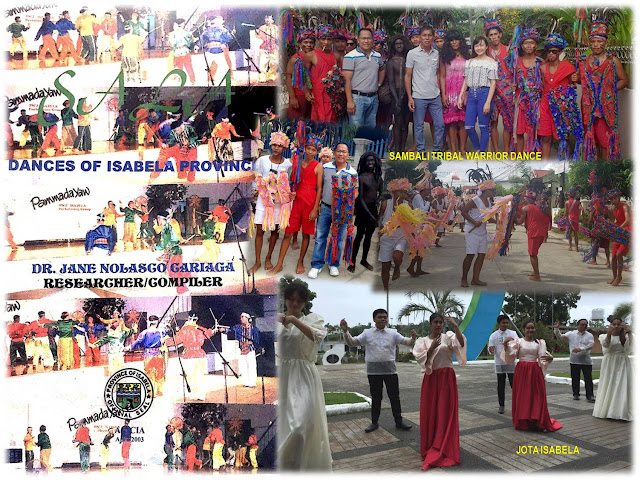4. FROM ONE PLACE TO ANOTHER
FROM ONE PLACE TO
ANOTHER
Dr. Troy Alexander G. Miano
18 November 2016
I grew up in the
Metropolis witnessing the demolition of make shift houses of squatters, now
civilly called “informal settlers”. Court orders evict settlers squatting on
private properties and sometimes on government owned lands. President Rodrigo Duterte
once stated, 18 days after assuming office, that shanties of squatters would not be demolished until the
government finds a suitable relocation site.
During the Spanish era, the same scenarios happened when natives settling
in packs in the mountains were gathered to be settled in one place to form a
town. When time came that the pueblo’s population decreased, the remaining
inhabitants were relocated to adjacent towns. A number of other reasons can be
read in old missionary correspondence to their superiors why settlements were
dissolved or joined with other settlements.
In my two day stint in Batangas, I was able to secure a book at the Museo ni Apolinario Mabini entitled “Ang
Kasaysayang Lokal ng Tanauan” by Dr. Imelda J. Dumaual published in 2005. While
browsing the pages, I encountered a map of Batangas showcasing the transfer of
town sites within the shores of Taal Lake during the Spanish colonial years. Tanauan
poblasyon moved twice, same with the old pueblo of Taal. Bauan was relocated trice
in 1662, 1671 and 1692, while the old town of Lipa, now a city, was transferred
four times.
Nine pueblos in the province of Isabela were not spared from this
political and religious relocation. Cabagan town, founded in 1622 and formerly
known as Maquila, transferred its town site in 1646 from the junction of the Cagayan and Pinacanauan Rivers of
Tuguegarao to upstream at the mouth of the Cagayan and Pinacanauan Rivers of
Cabagan, now the poblasyon of San Pablo town.
In 1877, Cabagan was transferred to a new place, the present site. On
the other hand, the government center of San Pablo town, formerly Cabagan Viejo,
was transferred to Barrio Auitan in 1944 then to Barrio Minanga. In 1959, the
poblasyon was restored to its original site, now the present site.
Tumauini town, founded in 1751, transferred the seat of
government three times from Talana to Calamagui then to Maggayu and to its
present site in 1752.
The capital-city of Ilagan, founded in 1619 and formerly
Bolo, transferred in 1678 from what are now Barangays Naguilian Norte and
Naguilian Sur to the other side of the Cagayan River now the present site.
Cauayan, founded in 1739, was transferred in 1768 from
Calanusian to its present site in the left bank of the Cagayan River.
The neighboring pueblo
of Angadanan, founded in 1745, transferred in 1776 from its original site at
the Angaranan Creek
east of Bayombong at the slopes of
Mount Palali
in what is now Nueva Vizcaya province to Dudungan,
now the town center of Alicia. In 1896, a second transfer of the town center
was made to Camacauan, now the present poblacion.
Echague, founded in 1752 and originally named as Camarag,
transferred the town center in 1776 from its present site to the banks of the
Ganano River in what is now Barangay Camarag of San Isidro town (but according
to Fray Ocio, the actual relocation took place in 1785). In 1863, Camarag was
moved for the second time from the Ganano site back to the old site along the
banks of the Cagayan River.
Reina Mercedes, founded in 1886 and
formerly known as Calanusian, transferred its townsite in 1950 from the banks
of the Magat River to the newly constructed national highway in what is now
Barangay Tallungan.
Aurora town, established in 1927 and
originally named as Dalig, twice transferred its townsite from Dalig (now a barangay of Burgos town) to Kalabasa in 1936 and to Bolinao in 1938.
Gone are the days when towns are forcibly relocated. Today,
only the munisipyo or city hall edifice
is moved outside the cramped poblasyon to a more spacious area which is open to
expansion and for additional structures. The capitol building of Isabela in the City of
Ilagan was not exempted. It was moved from one place to another, from Barrio
Bagumbayan to Barrio Osmeña in 1945 then to Barrio Alibagu in 1992.




Mga Komento
Mag-post ng isang Komento